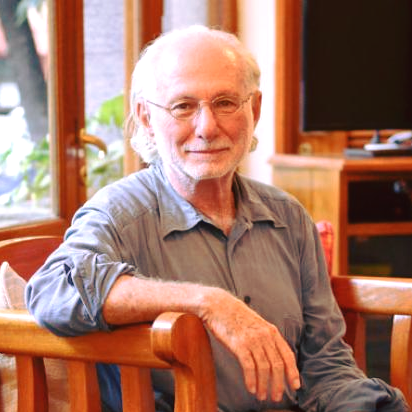Researchers recommend policymakers include absolute risk reduction in COVID-19 vaccine distribution policy
Researchers recommend policymakers include absolute risk reduction in COVID-19 vaccine distribution policy

Howard Waitzkin, MD, PhD, an adjunct professor in the University of Illinois College of Medicine Rockford’s Department of Medicine and Medical Specialties and a distinguished professor emeritus in the University of New Mexico’s Health Sciences Center and Department of Sociology, is joint first author of a newly released research article that could guide future policy for vaccine distribution.
The article entitled “How missing evidence-based medicine indicators can inform COVID-19 vaccine distribution policies: a scoping review and calculation of indicators from data in randomised controlled trials,” appears in the peer-reviewed journal BMJ Open.
Dr. Waitzkin co-authored the article along with Andrew Larkin, MD, and Ella Fassler of the Allende Program in Social Medicine in Albuquerque, and Kesavan Rajasekharan Nayar, PhD, of the Global Institute of Public Health and Santhigiri Research Foundation in Kerala, India.
“Vaccine distribution should target subpopulations with higher baseline risks of disease, rather than focusing only on the goal of vaccinating entire populations,” says Dr. Waitzkin. “This approach could alleviate some economic and practical burdens of trying to provide vaccines for everyone, especially in poorer regions that have trouble obtaining enough vaccines.”
The researchers reviewed publications about COVID-19 vaccine effectiveness and found they all reported on “relative risk reduction,” which compares people who receive vaccination with those who don’t.
Using another standard of effectiveness in evidence-based medicine, “absolute risk reduction,” which measures how much a vaccine reduces a person’s baseline risk in a population, the researchers found the effectiveness of vaccines was much greater in areas with higher prevalence of infection.
Using this standard, investigators can determine the “number needed to be vaccinated,” which is the number of people who should be vaccinated to prevent one adverse outcome, such as getting sick or needing hospitalization from COVID-19. By these measures, the vaccines were more effective in areas with higher prevalence.
“For instance, at certain times during the pandemic, the number of people who needed vaccination to prevent one hospitalization in some parts of the world was less than 1,000, whereas in other locations, it was more than 10,000,” said Dr. Waitzkin.
The researchers concluded that variations in vaccines’ impact on absolute risk in different subpopulations should receive more research and policy attention, especially in the context of barriers to vaccine access linked to socioeconomic inequality.